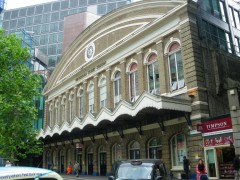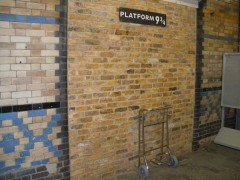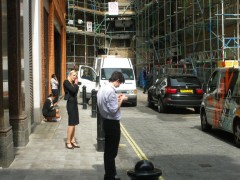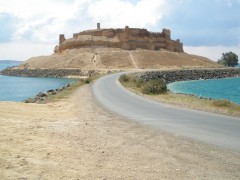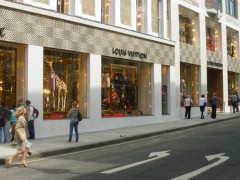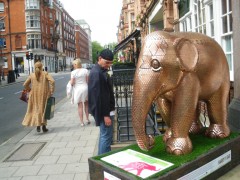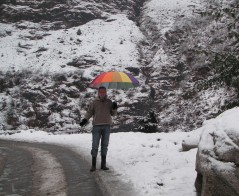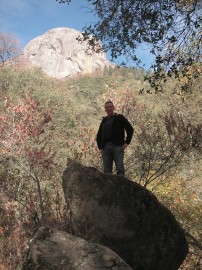You’re a tourist? You must be very rich
Posted in Asia, Cambodia, China, General on June 7th, 2010 by Andy Jarosz – 10 CommentsWe were being dragged around yet another Chinese craft workshop and saw a lady making a beautiful embroidered picture. When we stopped to admire her work the owner quickly switched to salesman mode and told us it could be packaged and sold to us for only $80. We had nowhere to pack this, no inclination to buy it, and more than that no spare $80 in our budget for an unexpected purchase like this. When the news was conveyed to the lady via our interpreter/guide, she looked despondent and said something along the lines of “I’m sorry you don’t like it”.
For many years I didn’t understand the significance of this episode. As two travelling youngsters we had explained to our guide that $80 was a lot of money for us; that we had a tight budget, and that we had scrimped and saved to be able to come all the way to China. When he asked about our earnings and his eyes lit up at our reply we were quick to point out the cost of our mortgage, the price of food, clothing, fuel, taxes etc. “We’re not rich” was our message. We might earn a lot by Chinese standards but the cost of living is so high at home that much of that money goes on basic unavoidable expenses.
In the 15 years since our trip to China I’ve seen many others make the same argument, playing down our wealth when visiting countries where the majority of people live hand to mouth and have no bank account or possibility of saving. It’s done with the best of intentions, usually to try and correct the perception of a local person of their infinite wealth.
But I realise that on the most simple level we did live in a completely different world to that woman in the Chinese workshop. She didn’t need to know anything about our income or living costs to make her mind up that we were incredibly rich. We were there, and that was enough!
On our recent travels in Laos and Cambodia, most of those we spoke to had never left their borders and had only travelled to another city in their country to sort out important administration. A trip overseas was out of the question for two reasons: one is money of course, but the other is the basic concept of leisure time. The idea of having five weeks paid annual leave (or even the American 10 days) is a true luxury and any time off in the week is usually spent on family business. A day out to the nearest river or beach is often a major treat.
So when we arrive, travelling through their country for no reason other than our own desire to be there, it is this freedom to travel that gives away our wealth before any thought of finances. The fact that, in the case of our visit to China, we were young twentysomethings, makes this assumption so much stronger.
So now, when we travel to the poorer parts of Asia or Africa we no longer protest our financial modesty. We accept that assumptions will be made, that our ability to travel around the world because we want to will mark us out as priveleged. Starting off with that mindset might even allow us to interact with people in a more honest and respectful manner as a result.


